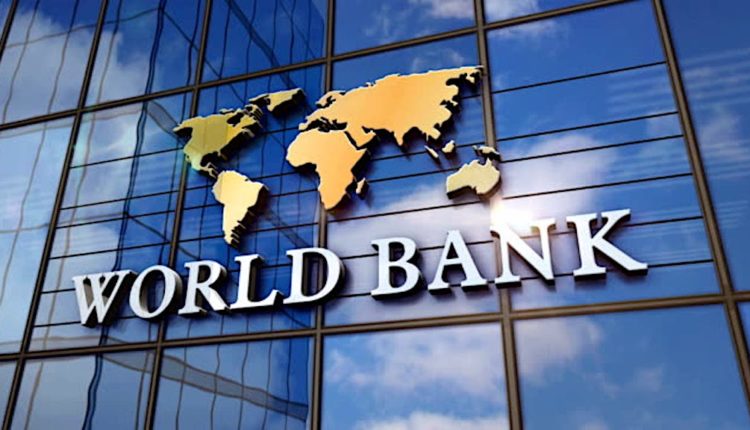World Bank in its report has disclosed that the global economy’s “speed limit’ – the maximum long-term rate at which the economy can grow without sparking inflation, is set to slump to a three-decade low by 2030.
According to World Bank, an ambitious policy push is needed to boost productivity and the labor supply, ramp up investment and trade, and harness the potential of the services sector.
The report, themed: “Falling Long-Term Growth Prospects: Trends, Expectations, and Policies,” offers the first comprehensive assessment of long-term potential output growth rates in the aftermath of the COVID-19 pandemic and the Russian invasion of Ukraine. These rates, as stated by World Bank, can be thought of as the global economy’s “speed limit.”
The report documents a worrisome trend which indicates that nearly all the economic forces that powered progress and prosperity over the last three decades are fading.
World Bank in its projections disclosed that between 2022 and 2030, average global potential GDP growth is expected to decline by roughly a third from the rate that prevailed in the first decade of this century to 2.2% a year.
For developing economies, World Bank noted that the decline will be equally steep: from 6% a year between 2000 and 2010, to 4% a year over the remainder of this decade. These declines would be much steeper in the event of a global financial crisis or a recession, it stated.
“A lost decade could be in the making for the global economy. The ongoing decline in potential growth has serious implications for the world’s ability to tackle the expanding array of challenges unique to our times – stubborn poverty, diverging incomes, and climate change.
“But this decline is reversible. The global economy’s speed limit can be raised through policies that incentivize work, increase productivity, and accelerate investment.”


Comments are closed.